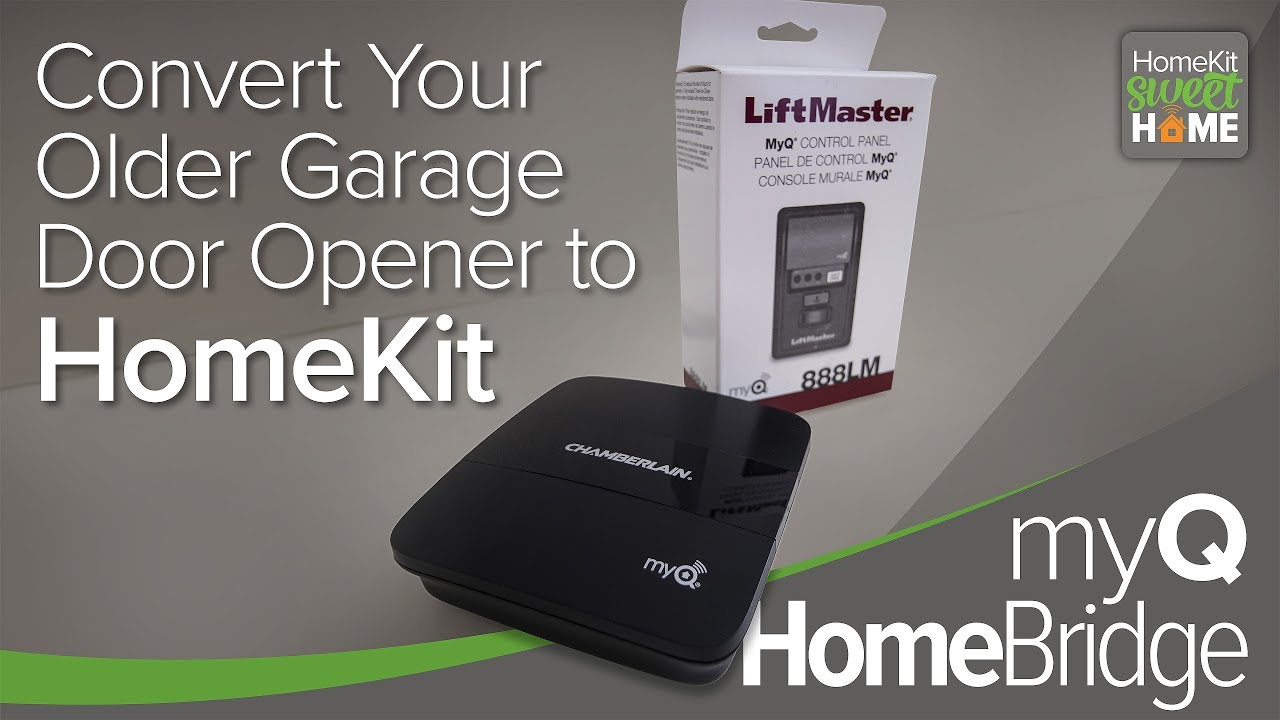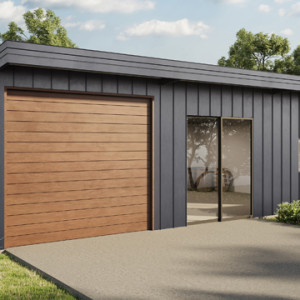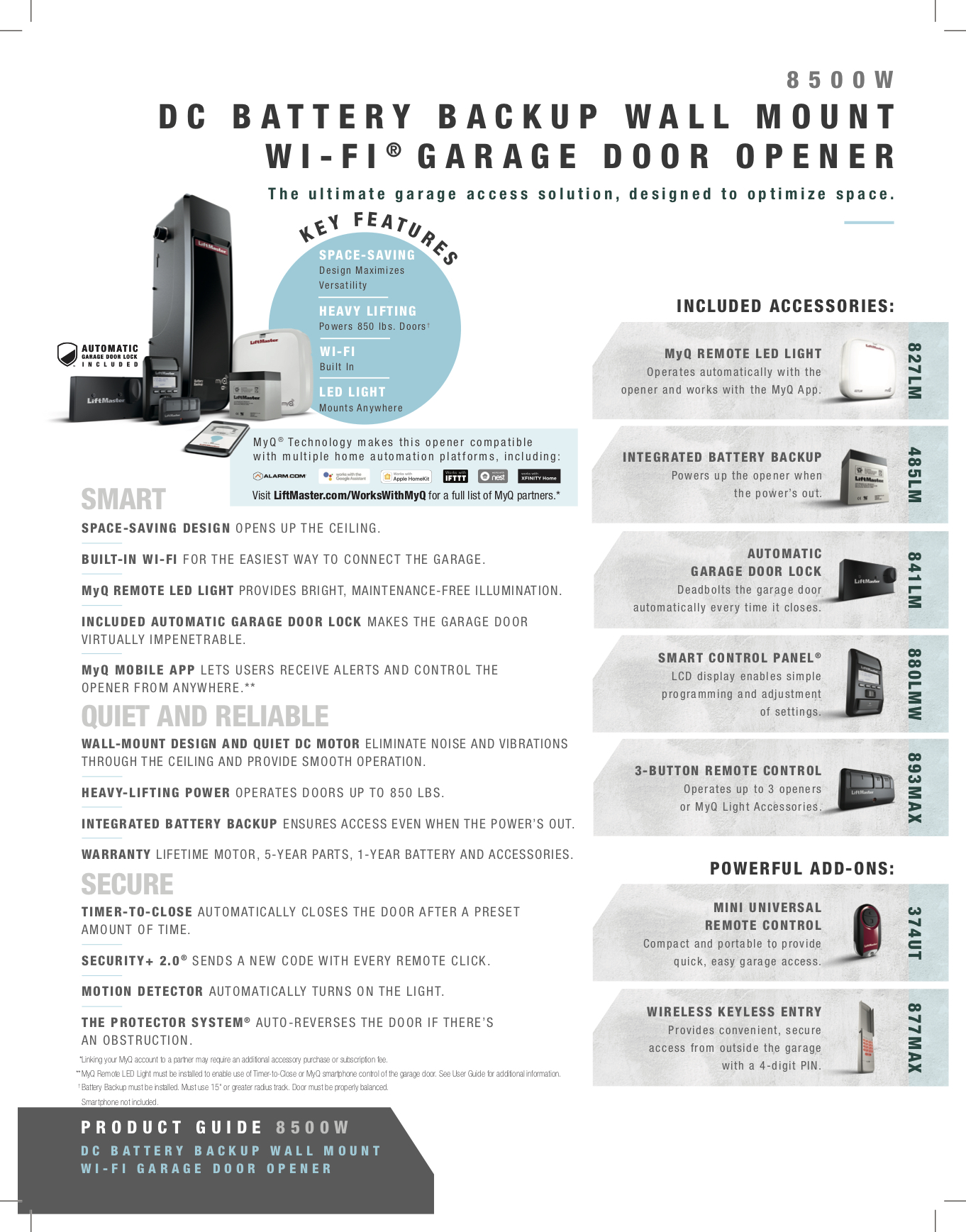
When it comes to garage storage shelves, the best options are those that have a sturdy construction and are available in a variety of styles. Some are wall mountable, while others are stand-aligned. Others even come with wheels that make it easy to move from one area to another.
Shelves for heavy duty uses
When choosing a garage shelf, one of the most important things to consider is its weight capacity. You will need a garage shelving system that can support heavy objects such as vacuum cleaners and car jacks.
The best garage shelves for heavy-duty use typically have thick, steel legs that support the entire rack. They can withstand heavy wear and tear.

AmazonBasics 5-Shelf Shelving System
These adjustable wire shelves make a great addition to garages and basements. They are simple to assemble, and can be adjusted for any size item or furniture.
They're made from sturdy, durable, heavy-duty metal with a chrome finish that makes them look sleek and modern. They're very affordable and come with the lifetime warranty. You can rest assured that your items will be safe.
DeWalt Steel Wire Shelving
The DeWalt Steel Wire Shelving is a heavy-duty storage rack that is incredibly versatile and can be used to store anything from gardening supplies to paint cans. It's strong and can hold up to 4,500 pounds, making it perfect for any large project that requires a lot of storage.
Flexiblemounts 3-tier wall shelves with three tiers are another great choice to store bulky or large objects. These shelves are a little more expensive than the other options, but their durability and ease-of-use make them well worth it.

You might consider the Sterilite 5-Shelf Storage Shelving Systems (opens new tab). If you are looking for something a bit cheaper, but still durable and strong, then you should look at this. Although it's simple to assemble, each wire shelf can hold 350 pounds. It isn't as durable as other shelves on the list.
Dkeli Storage Shelves with wheels
You might consider a shelving unit that can be easily folded out and backed up against walls if your garage is small. This will help you make the most use of your small space and organize everything.
These shelves are affordable and easy to transport. These shelves can be damaged by falling or other accidents so be careful when moving them.
FAQ
What's included in a complete kitchen remodel?
A complete kitchen remodel is more than just installing a new sink or faucet. Cabinets, countertops, appliances and lighting fixtures are just a few of the many options available.
Homeowners can remodel their kitchens completely without needing to do major work. This means that no demolition is required, making the project easier for both the homeowner and the contractor.
There are many services that can be done to your kitchen, including plumbing, electrical, HVAC, painting, and carpentry. Depending on the scope of the project, multiple contractors might be needed to remodel a kitchen.
A team of professionals is the best way to ensure that a kitchen remodel runs smoothly. There are often many moving parts in a kitchen remodel, so small problems can cause delays. You should plan ahead and prepare a backup plan for any unexpected situations if you decide to DIY.
What is the difference in a remodel and a renovaton?
Remodeling is the major alteration to a space or a part of a space. A renovation refers to minor changes made to a particular room or area of a given room. For example, a bathroom remodel is a major project, while adding a sink faucet is a minor project.
Remodeling is the process of changing a room or part of it. A renovation is only changing something about a room or a part. Remodeling a kitchen could mean replacing countertops, sinks or appliances. It also involves changing the lighting, colors and accessories. However, a kitchen renovation could include changing the color of the wall or installing a light fixture.
What should you do with your cabinets?
It depends on whether your goal is to sell or rent out your house. You'll need to remove the cabinets and refinish them if you plan to sell. This gives buyers the impression that they're brand new and helps them envision their kitchens after moving in.
However, if you want to rent your house, you should leave the cabinets alone. Renters often complain about dealing with dirty dishes and greasy fingerprints left behind by previous tenants.
You can also consider painting the cabinets to make them look newer. Just remember to use a high-quality primer and paint. Low-quality paints are susceptible to fading over time.
What are the most expensive expenses for remodeling a kitchen.
Planning a kitchen renovation can be costly. These include demolition, design fees, permits, materials, contractors, etc. However, these costs are quite small when taken individually. They quickly grow when added together.
The most expensive cost is probably the demolition. This includes the removal of old cabinets, countertops, flooring, and appliances. The insulation and drywall must be removed. Finally, replace the items.
The next step is to hire an architect to design the space. You will need permits to ensure your project meets the building codes. The next step is to find someone who will actually do the construction.
Once the job is complete, you will need to pay the contractor. Depending on the size of the job, you could spend between $20,000 to $50,000. Before hiring a contractor, it is vital to get estimates from multiple people.
You can sometimes avoid these costs if you plan. You may be eligible to get better prices on materials, or you might even be able skip some of your work. It is possible to save money and time by knowing what to do.
Many people install their cabinets by themselves. Because they don't have professional installation fees, this is a way to save money. They often spend more trying to install cabinets themselves. Professionals can typically complete a job in half the time it would take you.
Another way to save is to purchase unfinished materials. You should wait until all of the pieces have been assembled before you buy pre-finished items like cabinets. You can use unfinished materials immediately if you buy them. You can always make a change if things don't go as you planned.
Sometimes it is not worth the hassle. Remember: the best way to save money on any home improvement project is to plan.
How much would it take to gut a house and how much to build a brand new one?
A home's contents are removed, such as walls, floors, ceilings and plumbing. It is often done when you are moving to a new location and wish to make some improvements before you move in. It is often very costly to gut a home because of all the work involved. Depending on the job, the average cost of gutting a home is between $10,000 and $20,000
Building a home is where a builder builds a house frame by frame, then adds walls, flooring, roofing, windows, doors, cabinets, countertops, bathrooms, etc. This usually happens after you have purchased lots of lands. It is usually cheaper than gutting a house and will cost around $15,000 to $30,000.
It comes down to your needs and what you are looking to do with the space. You will probably have to spend more to gut a house. But if your goal is to build a house, you won't need to disassemble everything and redo everything. Instead of waiting for someone to tear it down, you can make it exactly how you want.
Is $30000 enough to remodel a kitchen?
A kitchen renovation can cost anywhere between $15000 - $35000 depending on how much you want to spend. If you want a complete kitchen overhaul, expect to pay more than $20,000. You can get a complete kitchen overhaul for as little as $3000 if you just want to replace the countertops or update your appliances.
Full-scale renovations typically cost between $12,000 and $25,000. There are many ways to save money and not compromise on quality. You can replace an existing sink with a new one for around $1000. A second option is to buy used appliances at half their cost.
Kitchen renovations take longer than other types of projects, so plan accordingly. It is not a good idea to begin work in your kitchen and realize that you will run out of time.
It is best to start early. Start by looking at different options and getting quotes from contractors. Next, narrow your options based on price and availability.
Once you have identified potential contractors, request estimates and compare their prices. Sometimes the lowest bid doesn't necessarily mean the best. It's important that you find someone with similar work experiences who can provide a detailed estimate.
Be sure to take into account all additional costs when you calculate the final cost. These may include labor or material charges, permits and so forth. You should be realistic about what you can spend and stick to your spending budget.
If you're unhappy with any of the bids, be honest. You can tell the contractor why the first quote isn't what you want and get another one. Don't let pride get in the way when you save money.
Statistics
- 57%Low-end average cost: $26,214Additional home value: $18,927Return on investment: (rocketmortgage.com)
- $320,976Additional home value: $152,996Return on investment: 48%Mid-range average cost: $156,741Additional home value: $85,672Return on investment: (rocketmortgage.com)
- Attic or basement 10 – 15% (rocketmortgage.com)
- bathroom5%Siding3 – 5%Windows3 – 4%Patio or backyard2 – (rocketmortgage.com)
- According to a survey of renovations in the top 50 U.S. metro cities by Houzz, people spend $15,000 on average per renovation project. (rocketmortgage.com)
External Links
How To
How to Remove Tile Grout from Floor Tiles
Most people are unaware of tile grouting. It seals the joints between tiles. There are many kinds of grout on the market today. Each type serves a specific purpose. We will demonstrate how to remove grout from tile floors.
-
First, you must ensure you have all the tools needed before starting this process. It is best to have a grout cutter, grout scraper, and some towels.
-
Now you need to start cleaning off any dirt or debris stuck under the tile. Use the grout knife to remove the grout. Scrape away any remaining grout. You should not damage any tiles.
-
After cleaning everything, take out the grout scraper. Use it to clean up any grout left behind. If no grout is left over, you can proceed to step 4.
-
Now you can get on with the next step. Make sure to take one of the rags out and soak it in water. Make sure the rag has completely soaked in water. You can wring the rag out if it has become wet. This will ensure that any water remains in the rag.
-
Place the wet paper towel at the joint of the tile and wall. Keep the rag in place until the grout starts to separate. Slowly pull down on the rag until it is pulled towards you. Continue pulling it backwards and forwards until all the grout has been removed.
-
Continue with steps 4 through 5, until the grout is completely removed. Rinse and repeat the procedure if necessary.
-
After you have removed all grout, rub the tiles with a damp towel. Let dry thoroughly.